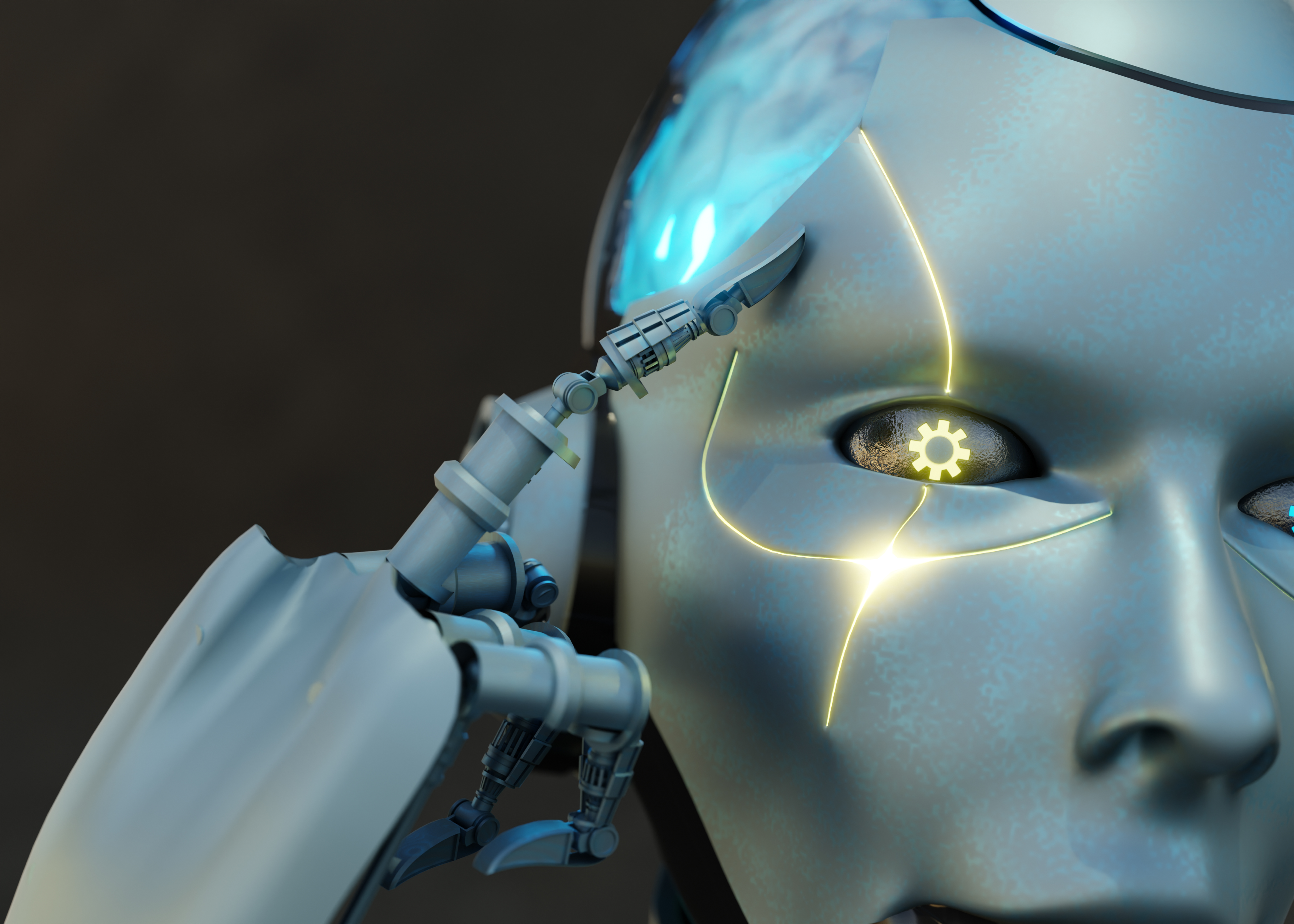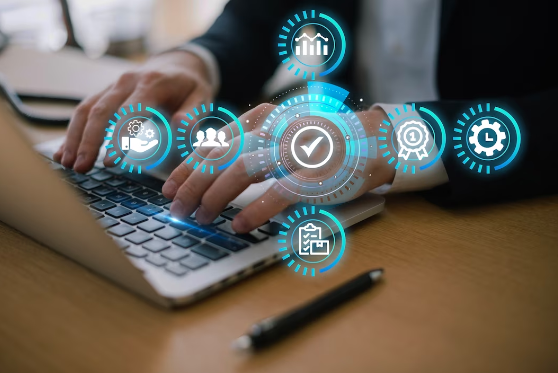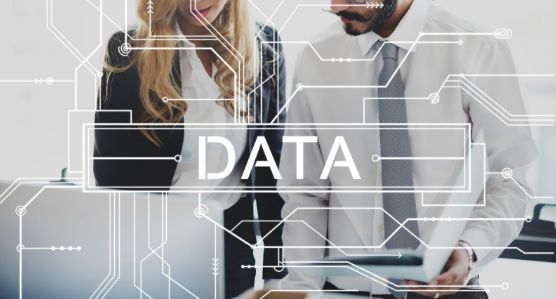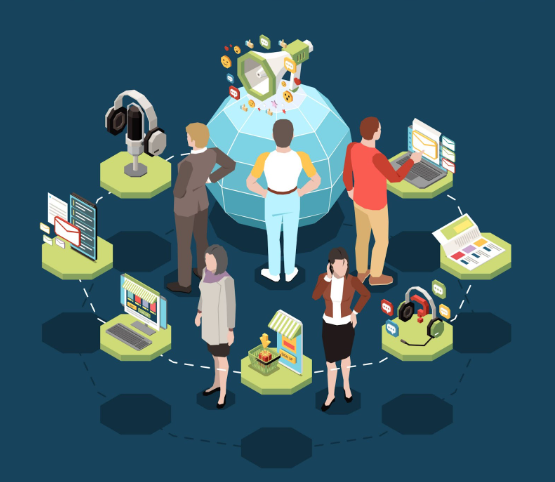Artificial Intelligence (AI) exhibits biases that can be dangerous for society because machines learn from biased data. These biases can have significant social consequences, such as discrimination in hiring and incorrect labeling of images. However, AI is not inherently bad; rather, proper data selection and corrective measures are required to address these biases. It is crucial to have diverse teams in AI development and to work toward responsible AI by applying techniques like explainability and meta-learning.
Is Artificial Intelligence Really That Smart? The Dangers Hidden in AI











